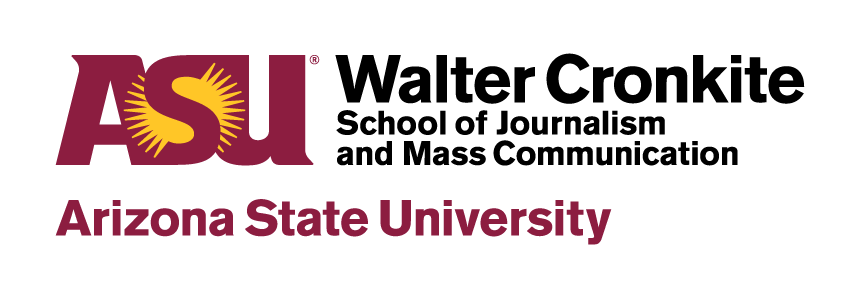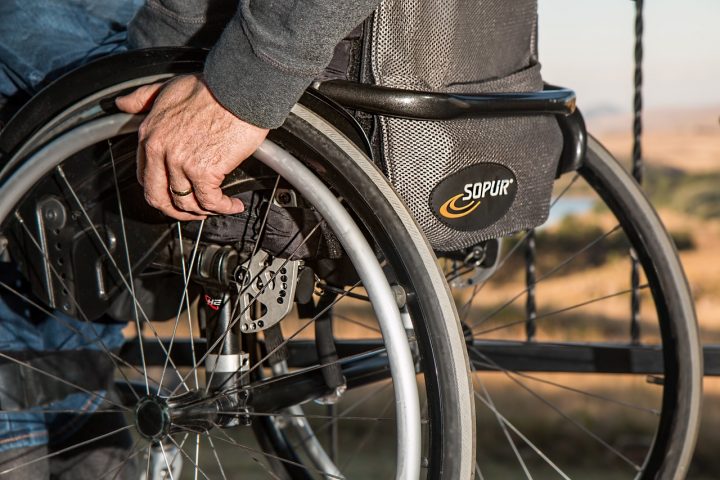While some of those with disabilities embrace the word “inspirational,” many others feel uncomfortable when the word is used to describe them. Read more here.
Media reports, however, hardly reflect the fact that 27.2% — or 85.3 million people — nationwide are living with disabilities. Stories about people with disabilities often fall into two broad categories, says Kristin Gilger, who is director of the National Center on Disability and Journalism (NCDJ) and the associate dean of the Walter Cronkite School of Journalism and Mass Communication at Arizona State University.
The first category is what Gilger calls “inspiration porn” — stories about people with disabilities throwing the winning pass for the high school football team or being named prom queen, for example. “It’s well-intentioned, but those stories also can be very exploitative and they are very limited in really getting to the heart of how people live and what they think and how they’re affected by what’s going on in our civic life,” she says.
The second category consists of crime stories, which sometimes mention mental illness — a narrow slice of the kind of coverage the subject deserves. “We still have some work to do in the range and sophistication of [mental illness] coverage,” Gilger says.
Gilger says the lack of disability coverage might stem from a lack of representation in newsrooms. “We haven’t done a very good job of hiring people particularly with physical disabilities, who might need some kind of accommodation in the workplace — people who use wheelchairs, for example, or have hearing or vision limitations or any number of other things,” Gilger notes. “If you don’t have those people in your newsroom, you’re not likely to do a very good job of understanding and pursuing stories that are relevant to those populations … If you’re not comfortable with the coverage area, you just don’t know enough about it, it’s not likely that you’re going to pursue it.”
Amy Silverman, a journalist and NCDJ board member who, in 2018, updated the center’s Disability Language Style Guide, echoes Gilger’s sentiment. “I think that disability is really intimidating to people,” she says. “First of all, because they don’t want to say the wrong thing. And second, because it’s something uncomfortable to think about.”
To help journalists improve their coverage of people with disabilities, we’re sharing four key tips from Gilger and Silverman.
Read the article by Chloe Reichel here.




